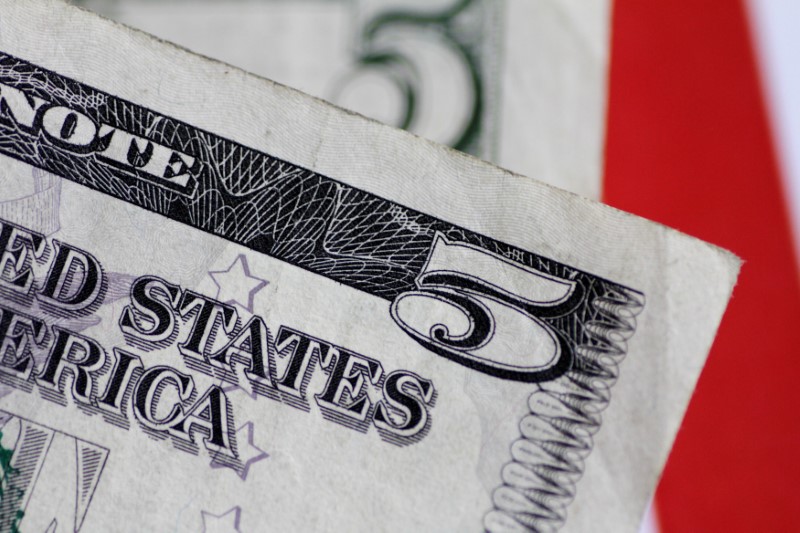By Peter Nurse
Investing.com - The dollar edged higher in early European trade Wednesday in thin volumes, as traders continued to digest the implications of Pfizer’s potential Covid-19 vaccine.
At 2:55 AM ET (0755 GMT), the Dollar Index, which tracks the greenback against a basket of six other currencies, was up just 0.04% at 92.775.
EUR/USD fell 0.02% to 1.1812, USD/JPY rose 0.1% to 105.39, while the risk sensitive AUD/USD rose 0.2% to 0.7295.
It's Veterans Day in the U.S., and the Treasury market is closed, limiting activity in the foreign exchange markets severely.
“The U.S. data calendar is light today and it looks as though FX markets want to consolidate after some big moves (especially in emerging markets), but favour DXY drifting to the 92.00/92.15 range lows,” said analysts at ING, in a research note.
The news from Pfizer (NYSE:PFE), and its partner BioNTech, that data from their phase III trial suggests their vaccine is “90% effective in preventing Covid-19” prompted a rush into riskier currencies on Monday, but this momentum is starting to fade because there are still several obstacles to clear before a vaccine can be distributed.
Some focus Wednesday may be on the European Central Bank's annual two-day forum, an occasion that has previously been used to signal changes in monetary policy.
That is unlikely this year as the ECB has already signaled new monetary policy measures for December, but traders will be listening to President Christine Lagarde’s views about the European economic outlook and stimulus prospects.
“Today should also see some welcome progress of the EU Recovery fund in Brussels, which can drag EUR/USD back to the 1.1920 area,” ING added.
Elsewhere, GBP/USD traded at $1.3274, close to a two-month high due to growing optimism that Britain and the European Union will agree a long-sought-after trade deal.
This view was helped by the news that the House of Lords has rejected the government’s controversial Internal Markets bill, which would breach the Withdrawal Agreement that is governing the post-Brexit transition and undermine the basis for a free trade agreement after the transition.
Additionally, NZD/USD rose 0.9% to 0.6887, climbing to its strongest level in more than a year as traders scaled back bets that the central bank would move to negative interest rates.
New Zealand’s central bank instead agreed to begin a new Funding for Lending Program in December, offering cheap loans to lenders to further reduce borrowing costs and stimulate the economy as it recovers from the coronavirus pandemic.
The central bank reiterated it is prepared to use additional tools such as negative rates if required, but the country’s successful containment of Covid-19 has buoyed confidence that this measure won’t be needed.
